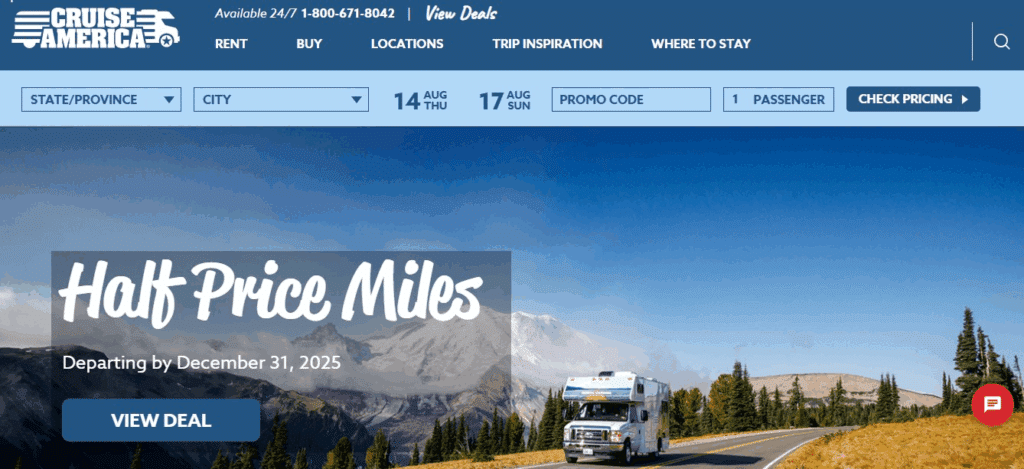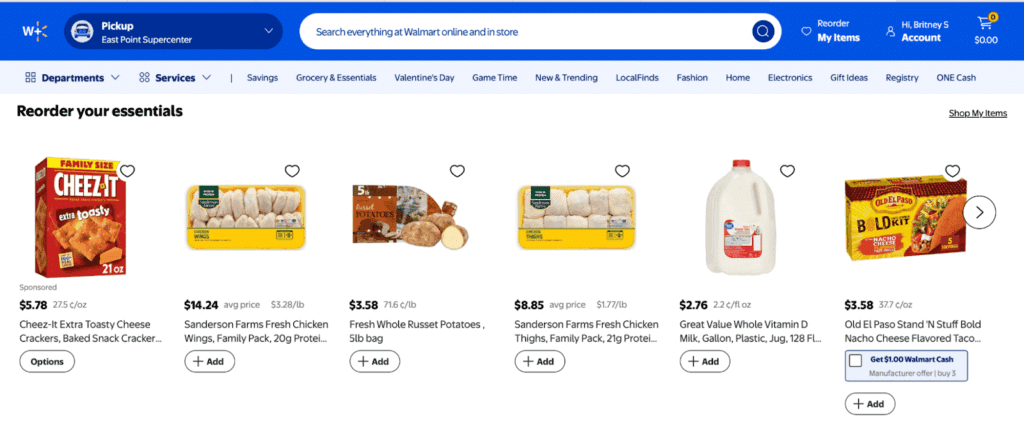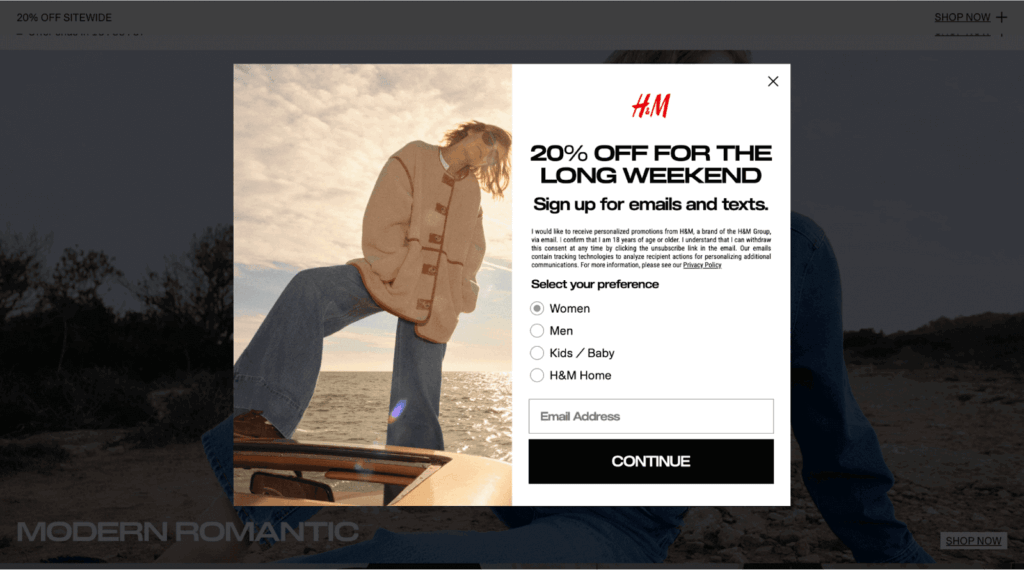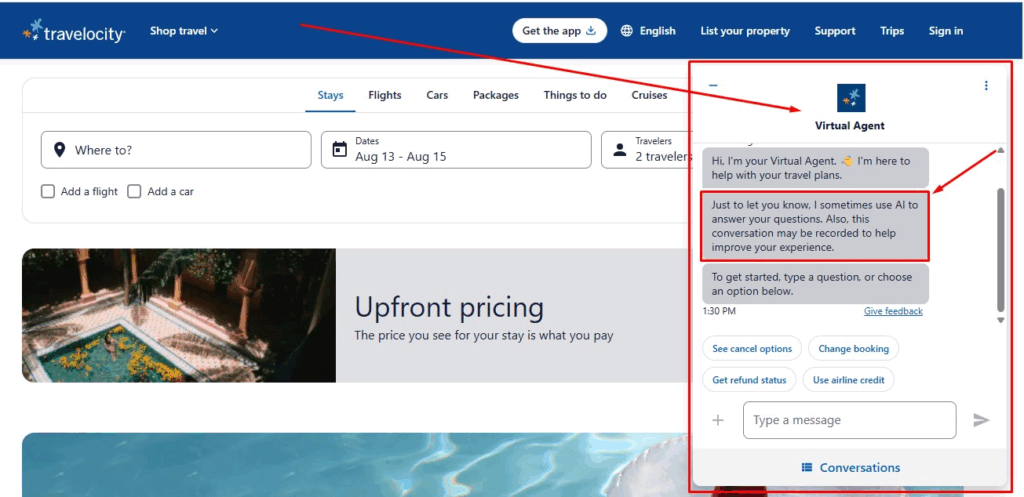
Picture this: a visitor clicks onto your site, ready to explore, but quickly loses interest because nothing resonates. The recommendations are off, the design feels generic, and the experience is anything but personal.
That’s a costly missed opportunity. Users expect websites to understand their needs, anticipate their preferences, and offer tailored experiences from the first click. That’s where AI-driven personalization comes in.
By combining user data with intelligent algorithms, AI can shape everything from the layout and navigation to the content and offers each visitor sees. The result? A site that feels like it was built just for them—boosting engagement, conversions, and customer satisfaction.
In this guide, we’ll break down exactly how to implement AI personalization in your web design, so you can create experiences that connect, convert, and keep users coming back.
AI-driven personalization uses data and algorithms to understand individual preferences, behaviors, and needs.
The result is a site that feels uniquely designed for each user and meets them exactly where they are in their journey.
For example, imagine that you visit an online store and immediately see product recommendations that align with your taste. Or, you can find a blog that highlights topics you’ve been searching for. That’s AI at work.

But how exactly does this happen? AI-driven personalization starts with gathering information like browsing behavior, past interactions, location, and preferences. Then AI algorithms:
For example, machine learning models analyze what users click on, how long they stay on a page, or what items they add to their cart. This information helps the AI dynamically adjust the website to show relevant products, suggest specific content, or simplify navigation based on each user’s habits.
This process often involves tools like:
Implementing AI personalization isn’t just a trend.
According to Segment’s 2024 State of Personalization Report, 73% of business leaders agree that AI will “fundamentally reshape personalization strategies.” At the same time, a staggering 92% of businesses already leverage AI-powered personalization to drive growth.
By tailoring each interaction to the user’s needs and preferences, AI enhances engagement, drives conversions, and builds long-term loyalty.
Here’s how these benefits play out in practice.
Personalization keeps users on your site longer by presenting content and recommending products or services that align with their interests. Relevant experiences encourage users to explore more, which increases interaction with your website.
This tells search engines your content is valuable to visitors. So, your site’s pages are more likely to appear in search results. That means even more traffic.
Not everyone is ready to buy when they land on your site. But when users see content that meets their needs (e.g., personalized calls-to-action, product recommendations), it does increase the chances of them taking the desired action (e.g., clicking that call to action, making that purchase).
Users value seamless experiences that save time and effort. AI personalization delivers relevant information quickly, reducing frustration and building loyalty while maintaining AI compliance to ensure ethical, secure data use.
So, you’ve made the decision to start using AI to achieve personalized user experiences on your website. Now what?
These tips can help you get started.
In today’s digital landscape, AI-driven personalization has become essential for creating user-centric web experiences.
And the foundation of AI-driven personalization is data.
When you leverage data and insights, you can craft designs and content that resonate with individual user preferences.
Cruise America, an RV rental company in Orlando and across the U.S., exemplifies this approach. It adapts its website’s design and content to align with seasonal trends, holidays, and events, ensuring relevance.
This strategy boosts user engagement, enhances customer satisfaction, and maximizes conversions—a compelling model for any business.

But where do you get all this data?
Collect information about your users, such as their browsing behavior, demographics, location, purchase history, and interactions on your site.
Heatmaps and AI-based analytics platforms are especially useful for uncovering how visitors actually engage with your web pages.
Heatmaps visually represent user actions, such as clicks, scroll depth, and cursor movements, so you can see which areas of a page attract the most attention and which elements go unnoticed.

For instance, if a heatmap reveals that users consistently click on an image that isn’t linked, you can turn that into a call-to-action (CTA) or adjust your website’s design to meet their expectations.
AI-based analytics platforms take this insight further by processing real-time data and identifying behavioral patterns that aren’t always obvious to human analysis. These platforms can segment users based on micro-interactions, like how long they hover over a product image, and predict their likelihood to convert.

This allows you to make informed decisions about design changes, personalized content placement, and targeted offers, ensuring your site continuously adapts to match evolving user preferences.
In a recent discussion with an experienced web design team in Chicago, the team emphasized that while most websites collect user data, they often fail to leverage it effectively. “Many sites don’t actually use that data to dynamically shape the interface,” the team explained. “Real-time behavioral tracking,” they added, “should actively inform layout decisions, enabling interfaces to adapt and personalize the user experience as it unfolds.”
You can also benefit from a customer relationship management (CRM) platform like Salesforce or HubSpot to collect valuable customer interaction data.
Once you’ve collected the right data, start processing and analyzing it to drive meaningful insights.
Recommendation engines are a key component of AI-driven personalization. They leverage user data to suggest content, products, or services that match your customers’ preferences.
Here’s how they work:
The most common types of recommendation algorithms include:
Collaborative filtering recommends content based on the preferences of similar users. For example, “Users who bought this also bought…” or “Customers who liked this also liked…”
Amazon is a perfect example of a brand that uses collaborative filtering.


This suggests content similar to what the user has already shown interest in or purchased, like articles or products with similar attributes (e.g., category, brand, or color).
Walmart does this by suggesting products that customers purchase regularly.

Screenshot provided by author
Hybrid systems combine both collaborative and content-based filtering for more accurate recommendations.
Dynamic content generation is another powerful feature of AI-driven personalization. It enables your website to adapt in real-time to individual users.
AI analyzes user data and behavior. With this data, it can modify what content to show and how to showcase it.
How dynamic content generation works:
Examples of dynamic content generation:
The data you collect helps your AI system understand what customers are interested in and when they might be most receptive to an offer. It then segments users into different groups or profiles.
Consider implementing dynamic pricing, which adjusts prices for specific users. AI can automatically generate personalized discounts or offers based on a user’s interaction history.
Some e-commerce sites offer discounts to new users. They can automatically detect if it’s a person’s first time visiting the site. Then, they show a pop-up that includes the special offer and a CTA telling them to take advantage of it.
You can look for an eCommerce platform that easily generates those coupons and handles first-time user offers.
H&M does this by asking new visitors to sign up for its newsletter in exchange for a 20% discount.

AI can also help determine the best time to show a personalized offer. For example, if a user abandons their cart, AI can trigger a personalized discount to encourage them to complete the purchase.
Or, you can tailor time-sensitive offers based on the user’s shopping habits, like providing a special discount around their purchasing journey.
AI chatbots are a powerful tool for delivering personalized, real-time interactions directly on your website. Unlike static FAQ pages, AI-powered bots use natural language processing (NLP) to understand user intent, recall previous conversations, and provide tailored responses.

This makes them more than just customer service tools. They act as virtual concierges that guide visitors through their journey.
By integrating AI chatbots into your web design, you can personalize recommendations, suggest relevant products or content, and even offer time-sensitive promotions based on user behavior.
For example, a travel booking site might greet a returning user by name, recall their last search for “family-friendly resorts in Hawaii,” and then suggest updated package deals, offer a 10% loyalty discount, and link to relevant travel guides—all without the user having to repeat their request.
These chatbots also capture valuable user data during interactions. Over time, machine learning algorithms analyze this data to refine future conversations, ensuring responses become more accurate and relevant.
From improving engagement to reducing bounce rates, AI chatbots keep visitors connected, informed, and moving toward conversion. For best results, choose a chatbot platform that integrates with your analytics and CRM, so every interaction contributes to your personalization strategy.
AI-driven personalization creates a more intuitive and enjoyable browser experience. It helps your website meet the unique needs of each visitor in real-time.
It starts with gathering and analyzing user data. From there, you can create tailored experiences that resonate with your target audience.
So, AI-driven personalization is an invaluable tool to add to your web design toolbox. Now, start implementing to meet user expectations, drive engagement, and create a UX to remember.
To learn more about AI-powered strategies or how to improve your website and drive organic traffic, check out our blog.